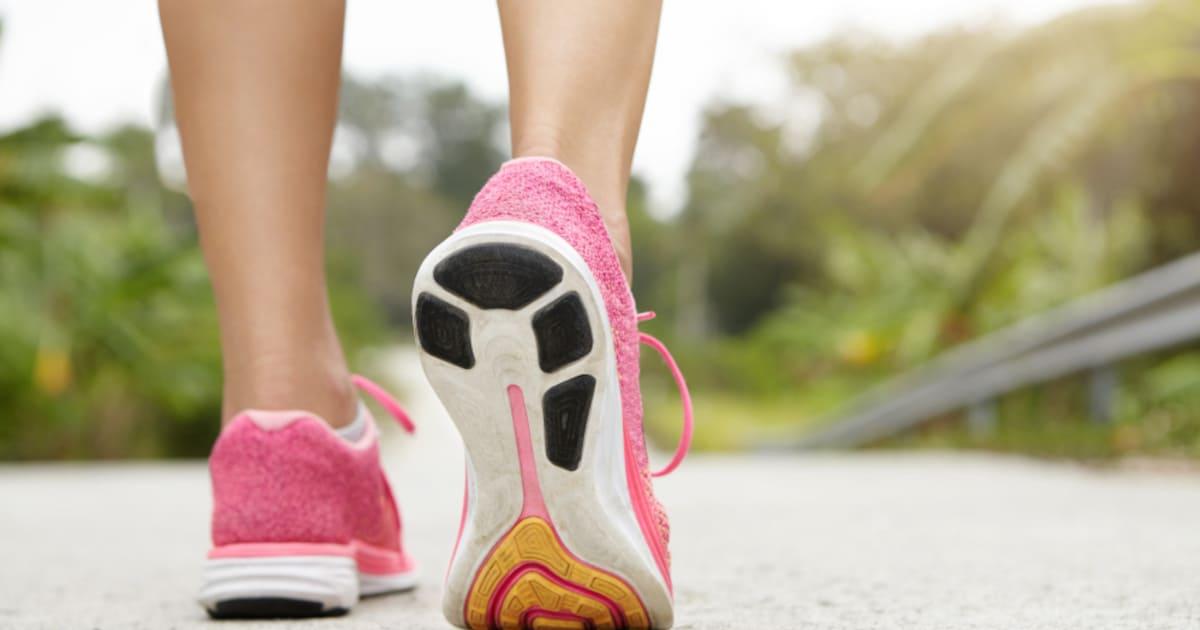Plantar fasciitis is a typical foot problem that causes an inflammation in the plantar fascia which is a thick layer of tissues that extends along the sole of your foot. The most efficient methods to treat plantar fasciitis is to put on the right footwear that gives you sufficient support and cushioning. In this complete guide, we’ll cover all you should know about deciding on the excellent footwear for plantar fasciitis.
Understanding Plantar Fasciitis
Plantar fasciitis is a condition that can cause stabbing discomfort in the heel region particularly when taking the first steps of morning. It is a common complaint among those who exercise, overweight people and people who spend all day sitting on their feet. It can be made worse through wearing footwear that is not supportive or performing sports that strain feet.
Importance of Proper Footwear
Making sure you purchase the correct footwear is vital to manage plantar fasciitis. The best shoes should offer additional sufficient arches, support for the arch and stability to ease the pressure over the fascia of your plantar. By wearing supportive footwear will help alleviate pain and discomfort that is associated with plantar fasciitis as well as promote speedier healing.
Key Features to Look for in Shoes for Plantar Fasciitis
When looking for a pair of shoes for the plantar faciitis condition, you must take into account many important aspects to take into consideration:
- Arch Support: Search for shoes that have built-in arch support that can benefit distribute pressure evenly throughout the foot.
- Cushioning: Select shoes that have cushioning in the forefoot and heel area to cushion shock and minimize the impact.
- Stability: Select shoes with an elongated heel counter as well as a cushioned midsole to increase stability and avoid overpronation.
- Flexibility: Make sure your shoes grant suitable flexibility to allow for the natural movements of your foot, while also providing the necessary support.
Top Picks: Best Shoes for Plantar Fasciitis
- Orthofeet Orthopedic Sneakers The sneakers are designed specifically to serve relief from plantar faciitis by providing an excellent arch support as well as cushioning.
- Brooks Ghost 13 Running Shoes known for their incredible performance and ease of wearing, these shoes are a great option for people suffering from plantar fasciitis.
- ASICS Gel Kayano 27, Running Shoes with gel cushioning and a padded midsole, these shoes deliver superior shock absorption as well as stability.
- New Balance Fresh Foam 1080v11 Running Shoes with fresh Foam padding technology. These shoes prepare the comfort and support needed for a run for runners with plantar fasciitis.
- Hoka One One Bondi 7 Running Shoes These ultra-competitive running shoes provide unmatched support and cushioning that makes them the perfect choice for people who want to relieve plantar fasciitis.
Tips for Choosing the Right Shoes
- Find a good fit: Go to a reputable store for shoes and get your feet measured to assure an appropriate fitting.
- Consider wearing shoes later in the day. Your feet will expand during all day long, therefore it is accurate to try wearing shoes in the afternoon or evening, when your feet are the most full.
- Check for flexibility Examine the flexibility of the footwear by bending them towards the ankle’s ball. They should be able to bend with ease but not overly.
- Think about custom orthotics: If the shoes you buy at the store don’t grant sufficient stability, think about purchasing custom orthotic inserts to provide security and comfort.
Conclusion
Finding the best shoes for plantar faciitis will make a huge difference in reducing symptoms and increasing general ease. By focusing on features like supporting the arch and cushioning and stability, you’ll be able to ease pain and encourage healing. If you’re a runner walker, or just need sneakers for everyday use There are a variety of options to fit your requirements.
Frequently Asked Questions
Yes, wearing non-supportive footwear could exacerbate the symptoms of plantar fasciitis, by placing more pressure upon the fascia of your plantar.
It’s recommended that you change your footwear every 300 to 500 miles, or each 6-12 month interval, based on how often you wear them as well as the degree of wear and wear and tear.
Yes stretching exercises like the calf stretch and towel curls can benefit reduce tightness in the plantar facia in addition to increase flexibility.
Is it excellent to avoid wearing sandals with flat soles and a lack of arch support since they can worsen symptoms of plantar faciitis. Opt for sandals that have arch support built-in and cushioning to focus on providing better ease and comfort.
In the event that you experience chronic pain due to plantar fasciitis the custom orthotic inserts can impart more comfort and cushioning to help ease pain. It’s excellent to talk with a podiatrist, or an orthopedist for recommendations that are personalized.
